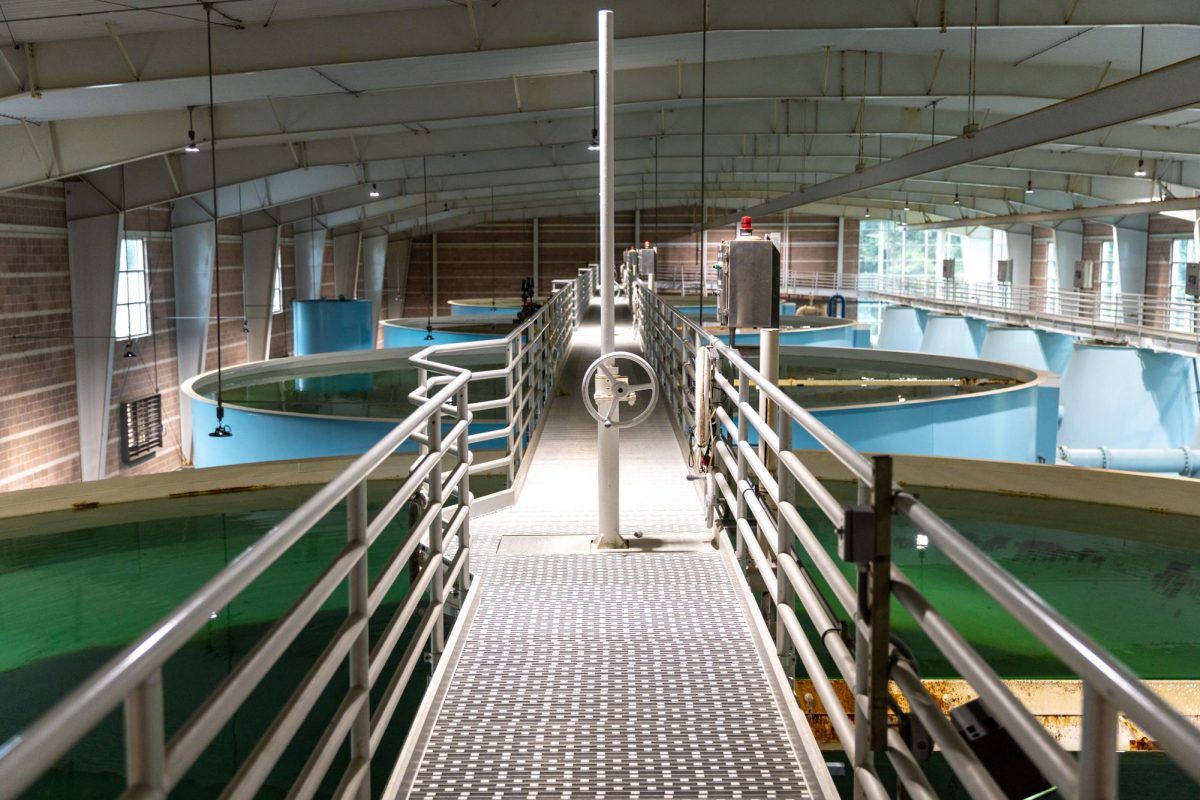The U.S. government introduced historic regulations on Wednesday aimed at curbing the presence of harmful “forever chemicals” in drinking water, marking a significant effort to combat these synthetic compounds associated with cancer. These chemicals, which persist indefinitely in the environment, have been detected in water supplies in numerous cities, including some in Georgia.
Under the new standards, water systems across the nation will be required to minimize the levels of certain chemicals in drinking water, aiming for concentrations close to zero. However, achieving this target may necessitate costly upgrades for many water systems, with estimates suggesting the nationwide expense could reach billions of dollars.
The Environmental Protection Agency (EPA) formally announced the regulations on “forever chemicals”, also known as PFAS (per- and polyfluoroalkyl substances). Major chemical manufacturers such as DuPont and 3M have already agreed to substantial settlements in lawsuits brought by local governments over contamination. Unfortunately, these settlements are expected to fall short of covering the extensive costs of eliminating the pollutants.
To support the efforts, the EPA revealed the availability of an additional $1 billion from the Bipartisan Infrastructure Law of 2021. This funding, part of a $9 billion package within the legislation dedicated to addressing PFAS contamination, represents the largest-ever federal investment in tackling these contaminants.
In a statement released on Wednesday, EPA Administrator Michael Regan emphasized that addressing PFAS pollution is a key priority for President Joe Biden’s administration, stating that these measures will save lives and contribute to the health of future generations.
“Today, I am proud to finalize this critical piece of our (PFAS Strategic) Roadmap, and in doing so, save thousands of lives and help ensure our children grow up healthier.” – Michael Regan, EPA Administrator
The regulations are specific to a limited subset of PFAS compounds, addressing only six out of an estimated 15,000 varieties. Among these are perfluorooctane sulfonic acid (PFOS) and perfluorooctanoic acid (PFOA), which are among the most extensively researched “forever chemicals.” Additionally, the rules encompass “GenX Chemicals,” developed as substitutes for PFOS and PFOA. The other chemicals covered by the regulations include perfluorononanoic acid (PFNA), perfluorohexanesulfonic acid (PFHxS), and perfluorobutane sulfonate (PFBS).
According to an EPA report from August 2023, two PFAS variants, PFOS and PFBS, were found in Blairsville well plants. The EPA reported 4.2 parts per trillion (ppt) of PFOS and 3.2 ppt of PFBS. Both of these amounts were deemed as significant. 7.8 ppt of PFBA, another PFAS variant, were found in well plants in the Cumming area.
The EPA’s Unregulated Contaminant Monitoring Rule (UCMR5), the rule that helped find PFAS, was put into action in January of this year. The water sample collection period for UCMR5 will end in December 2025.

























